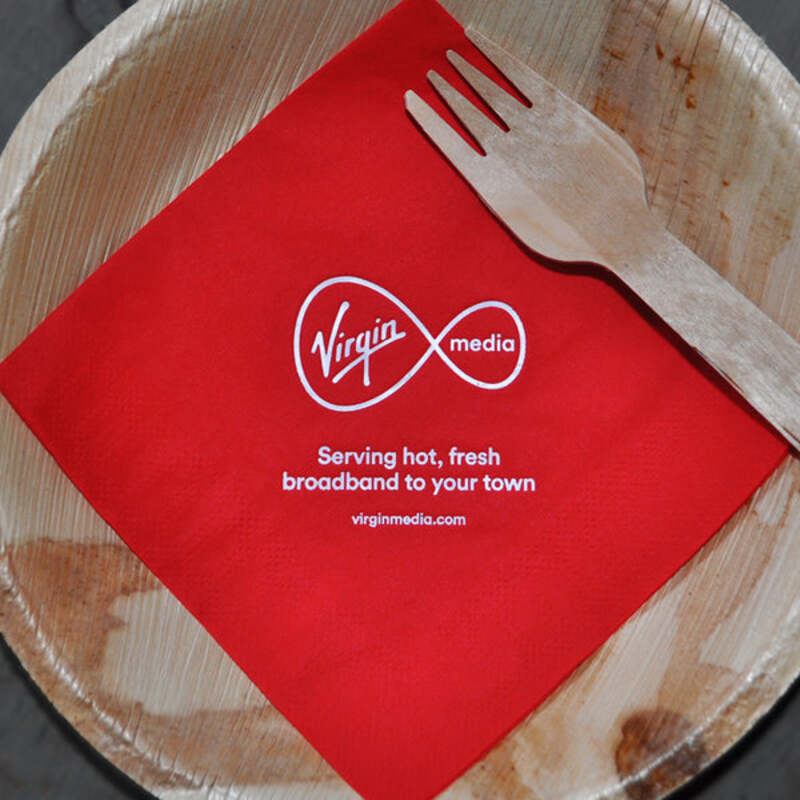The Evolution of Food Packaging Beyond Protection
Food packaging plays a crucial role in the preservation and safety of our food supply. Over the years, it has evolved significantly, not only ensuring the protection of food but also contributing to sustainability and consumer convenience. Understanding the transformation of food packaging sheds light on its multifaceted importance in our daily lives.
Historically, food packaging has served a primary purpose to protect food from spoilage, contamination, and physical damage. In ancient times, people relied on natural materials such as leaves, skins, and shells to wrap their food. As civilizations advanced, packaging techniques evolved, with materials such as glass, metal, and ceramics coming into play. The introduction of these materials greatly enhanced the shelf life of perishable items, facilitating trade and reducing food waste.
In the 20th century, the advent of plastic revolutionized food packaging
. Lightweight, durable, and versatile, plastic became the preferred choice for manufacturers and consumers alike. The convenience of single-use plastic packaging, such as bags, wraps, and containers, contributed to the fast-paced modern lifestyle. However, this convenience came at a significant cost to the environment, as plastic pollution emerged as a major global challenge.In response to environmental concerns, the food packaging industry has begun to shift towards more sustainable practices. Companies are increasingly seeking alternative materials, such as biodegradable plastics, recycled paper, and glass. Innovations like plant-based packaging and compostable films have gained popularity as eco-friendly solutions to traditional packaging waste. This shift not only addresses environmental issues but also resonates with a growing consumer demand for sustainable products.
food packaging

Moreover, technology has played a pivotal role in advancing food packaging. Smart packaging is an emerging trend that incorporates sensors and indicators to monitor the freshness and safety of food. For instance, some packages now feature indicators that change color when food reaches unsafe temperatures, providing consumers with vital information about product quality. Such innovations not only enhance food safety but also reduce waste by ensuring that consumers discard only food that is truly spoiled.
Another significant aspect of modern food packaging is its role in branding and marketing. In a crowded marketplace, packaging design has become a vital tool for capturing consumer attention. Eye-catching graphics, colors, and shapes can influence purchasing decisions, making it essential for brands to invest in unique and appealing packaging solutions. Additionally, transparent packaging that allows consumers to see the product inside can build trust and encourage purchases.
Furthermore, the rise of e-commerce has transformed the way food is packaged. With more consumers shopping online, packaging must now ensure that products arrive safely and intact, requiring innovations in cushioning and protective materials. Companies are also rethinking their packaging designs to minimize waste during shipping and enhance the unboxing experience for consumers.
In conclusion, food packaging is no longer just a means of protection; it is a complex interplay of functionality, sustainability, and marketing. As we move forward, the food industry must continue to innovate and adapt, balancing the need for convenience and safety with a commitment to environmental responsibility. The future of food packaging holds great potential for creating a more sustainable and efficient food system, ensuring that we can enjoy our meals while preserving the planet for generations to come.



